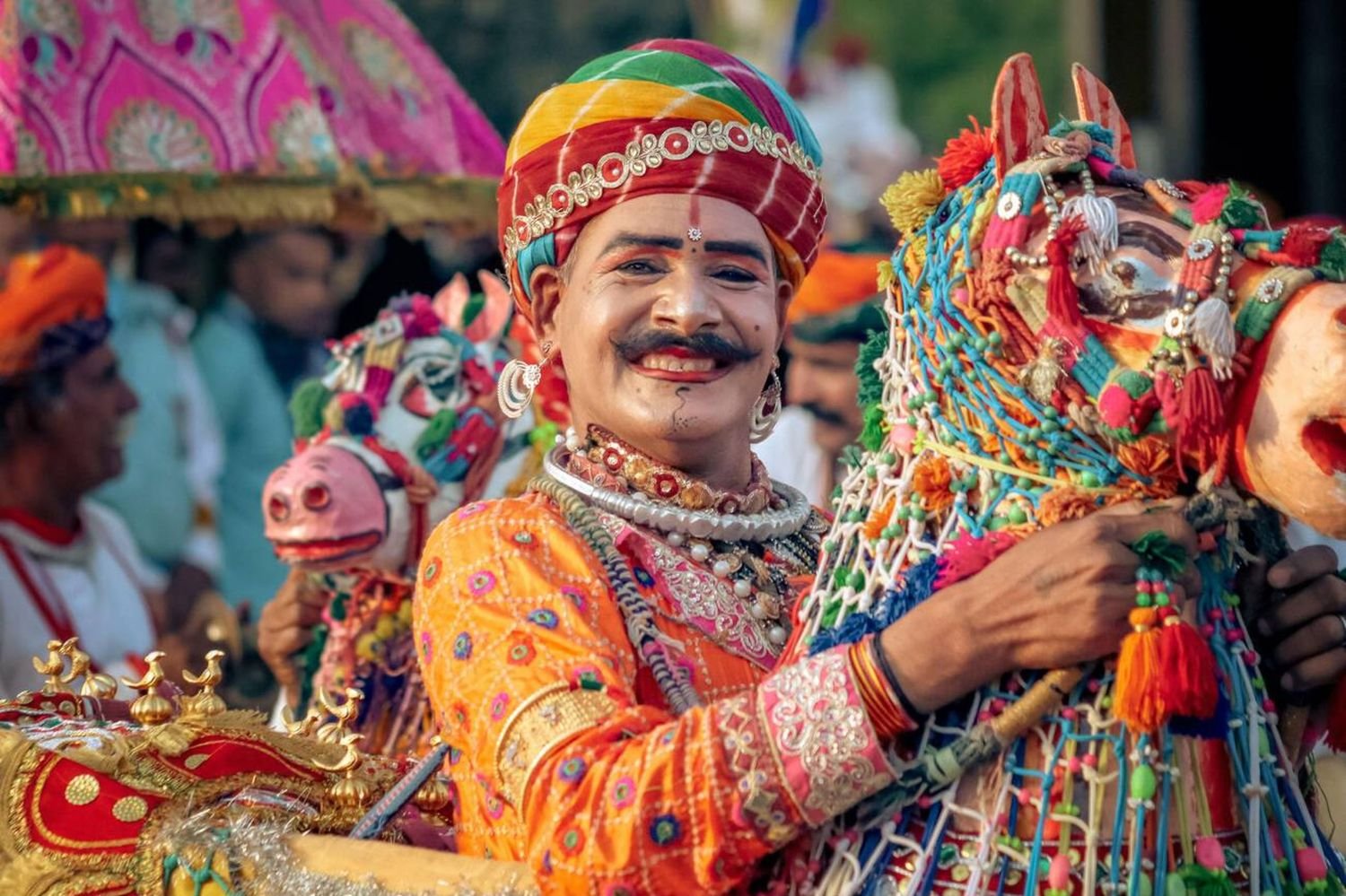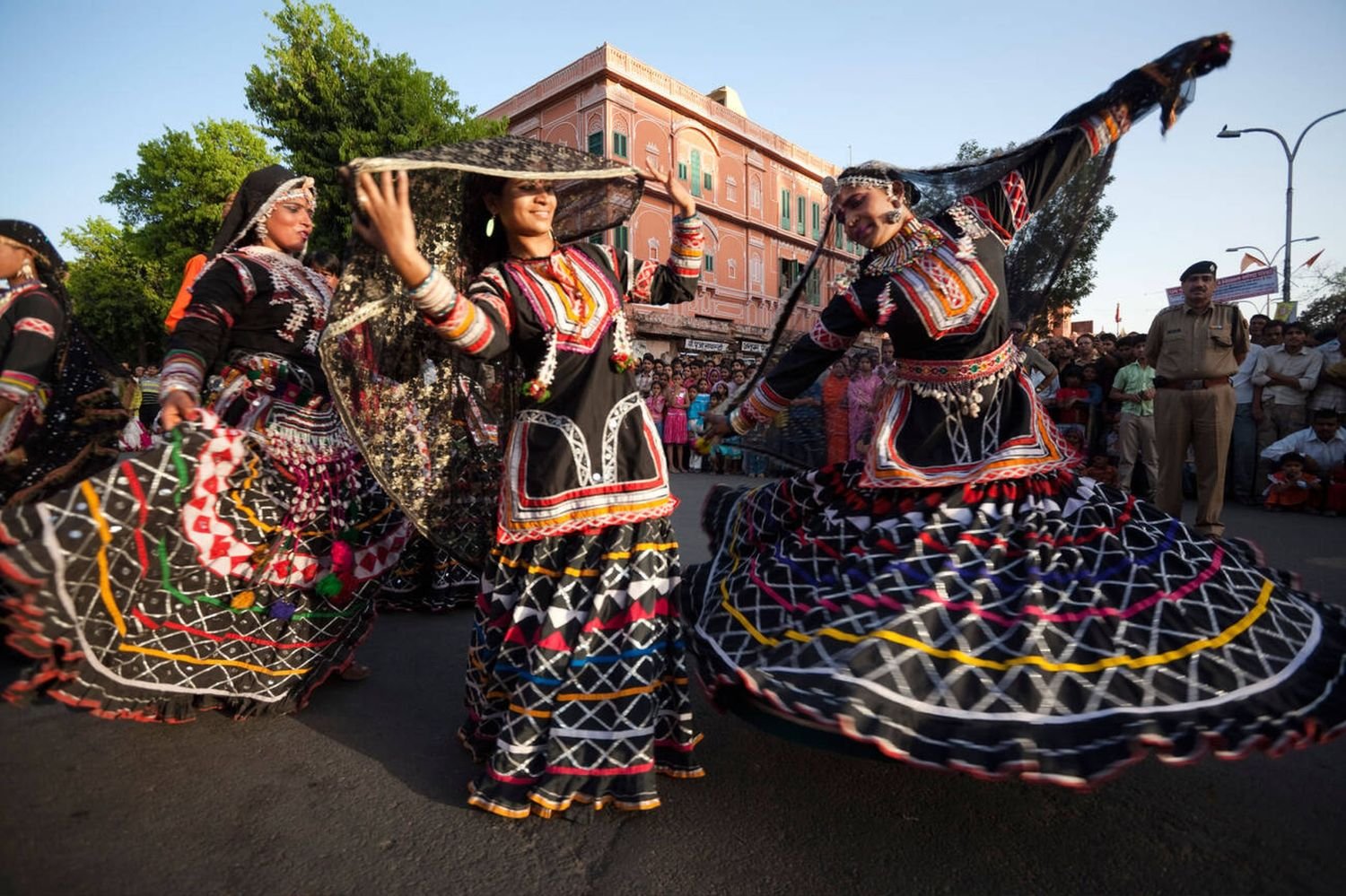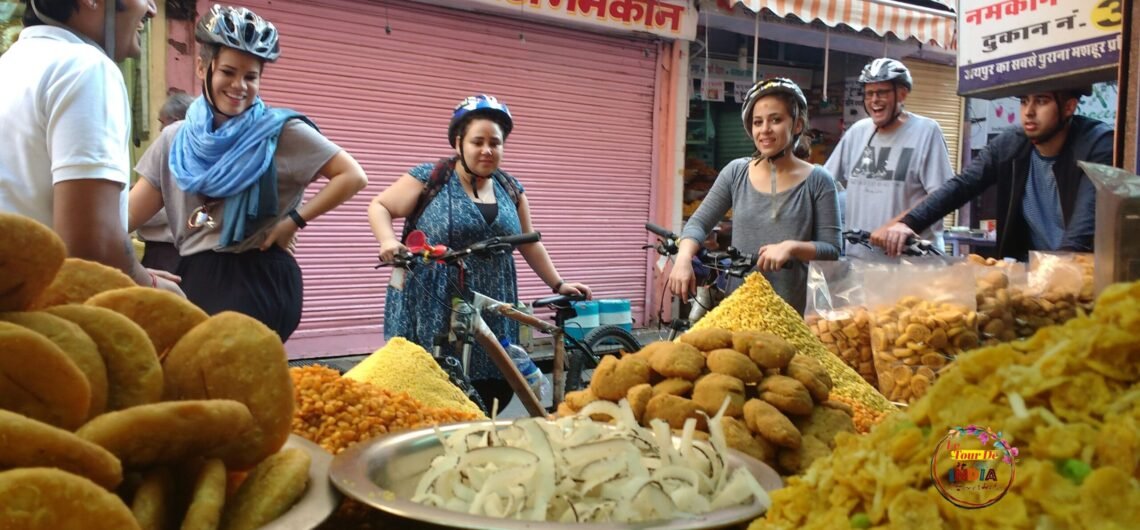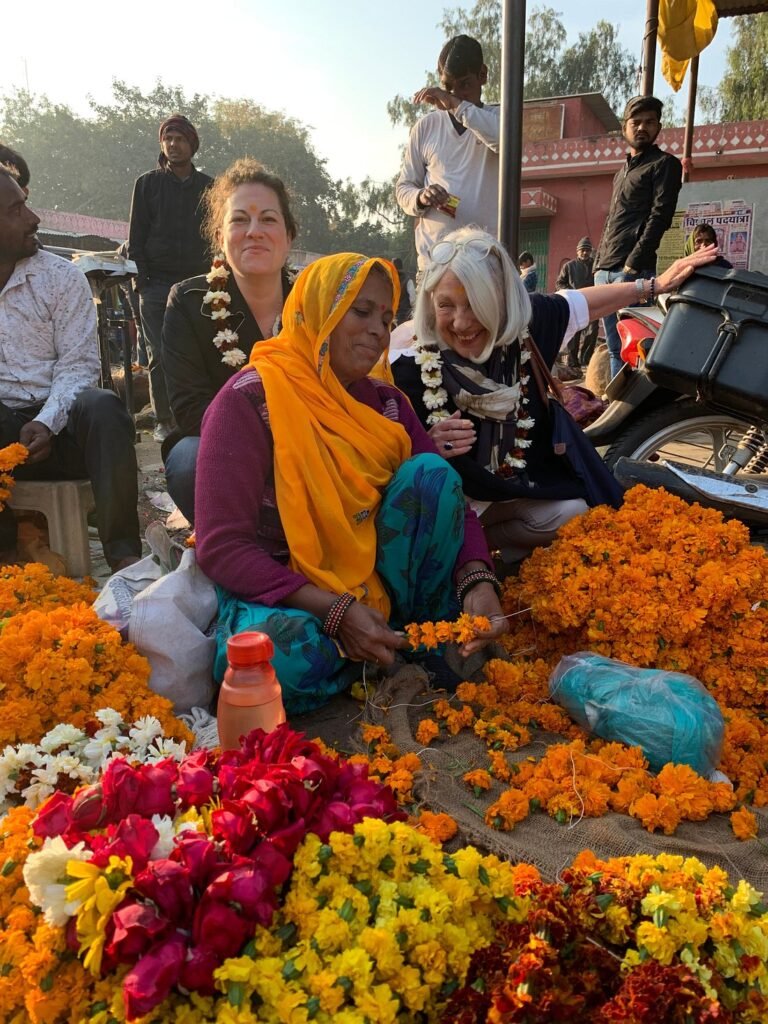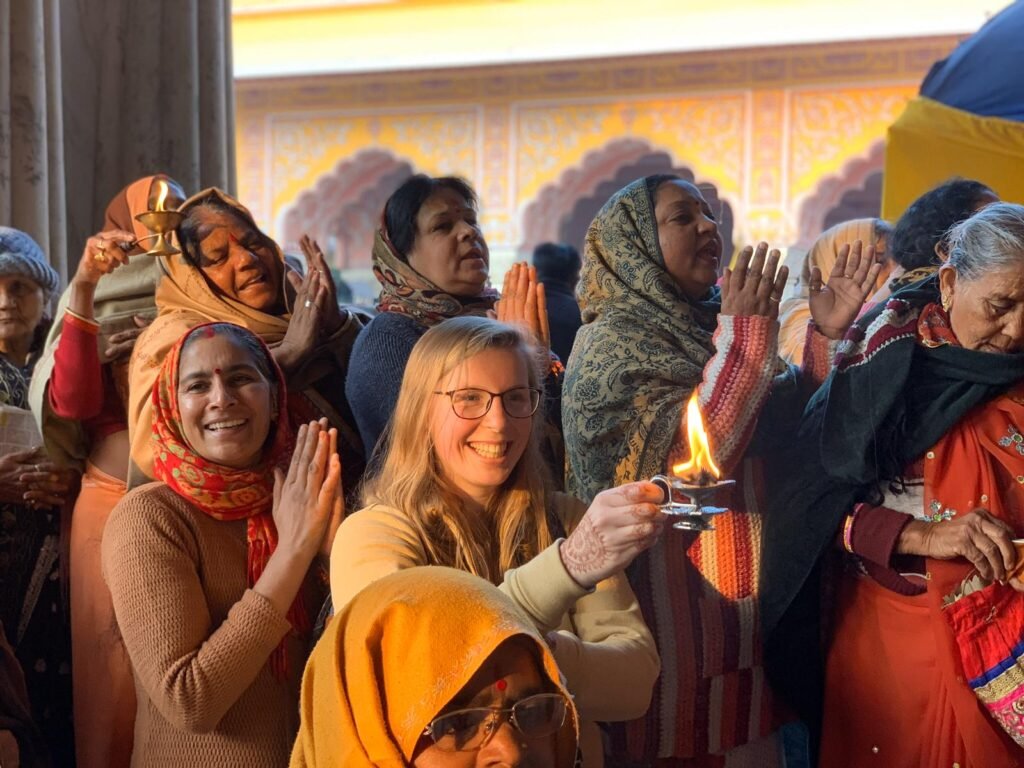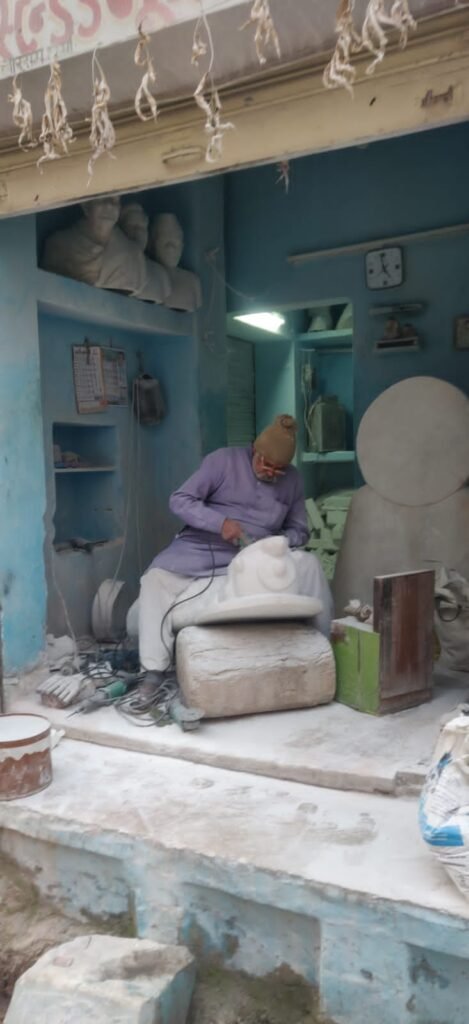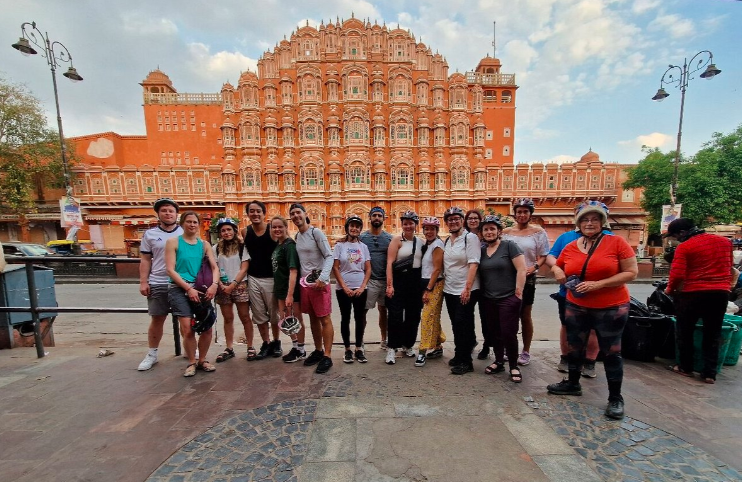Jaipur, the Pink City of India, is a treasure trove of culture, history, and craftsmanship. Among its many artistic traditions, Bagru block printing stands out as a mesmerizing blend of skill, heritage, and creativity. This ancient art form, practiced by the Chippa community in the small town of Bagru, has captivated art lovers and travelers alike with its intricate patterns and vibrant colors.
If you’ve ever been captivated by the intricate patterns and earthy hues of Indian textiles, you’re in for a treat. Let’s dive into the fascinating world of Bagru block printing and discover why it’s a must-experience on your Jaipur itinerary.
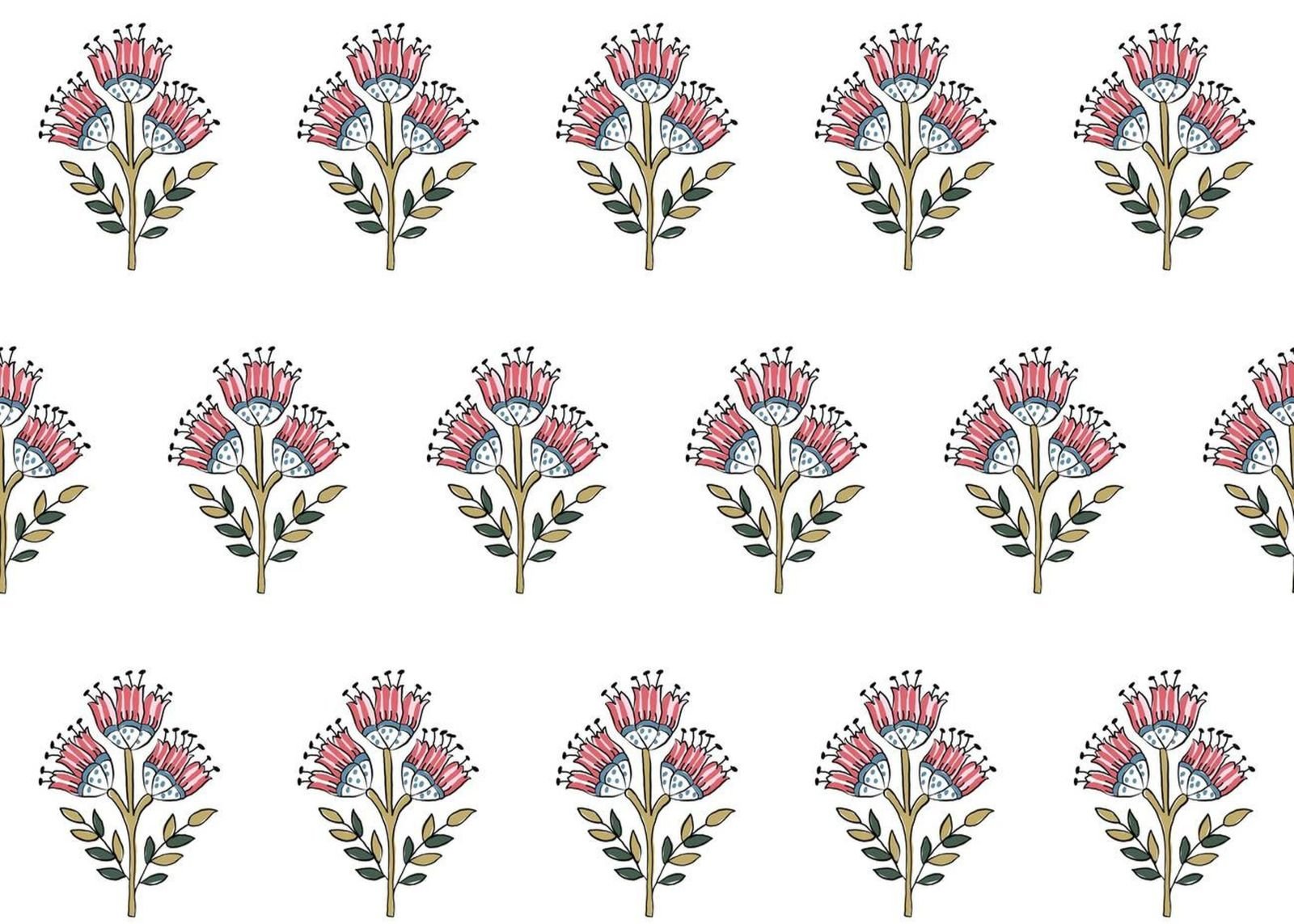 Introduction to Bagru Block Printing
Introduction to Bagru Block Printing
Bagru block printing is a traditional textile art that involves hand-carved wooden blocks, natural dyes, and a meticulous printing process. The designs, often inspired by nature, feature floral motifs, geometric patterns, and intricate detailing that reflect the cultural richness of Rajasthan. What sets Bagru printing apart is its use of natural dyes derived from plants, minerals, and other organic sources, making it an eco-friendly and sustainable craft.
 A Journey Through History
A Journey Through History
The origins of Bagru block printing date back to the 17th century, when the Chippa community settled in Bagru. These artisans brought with them the knowledge of natural dyes and block carving, which they used to create stunning textiles for local communities. Initially, the craft was used to print designs onto cotton fabric for turbans, but over time, it expanded to include silk, chiffon, and other fabrics.
The popularity of Bagru block printing soared during the Mughal era, with its intricate designs adorning the courts of emperors and the wardrobes of royalty. However, the advent of industrialization and synthetic dyes in the 20th century threatened the survival of this traditional craft. Thankfully, in recent years, there has been a revival of interest in handmade, sustainable products, bringing Bagru block printing back into the spotlight.
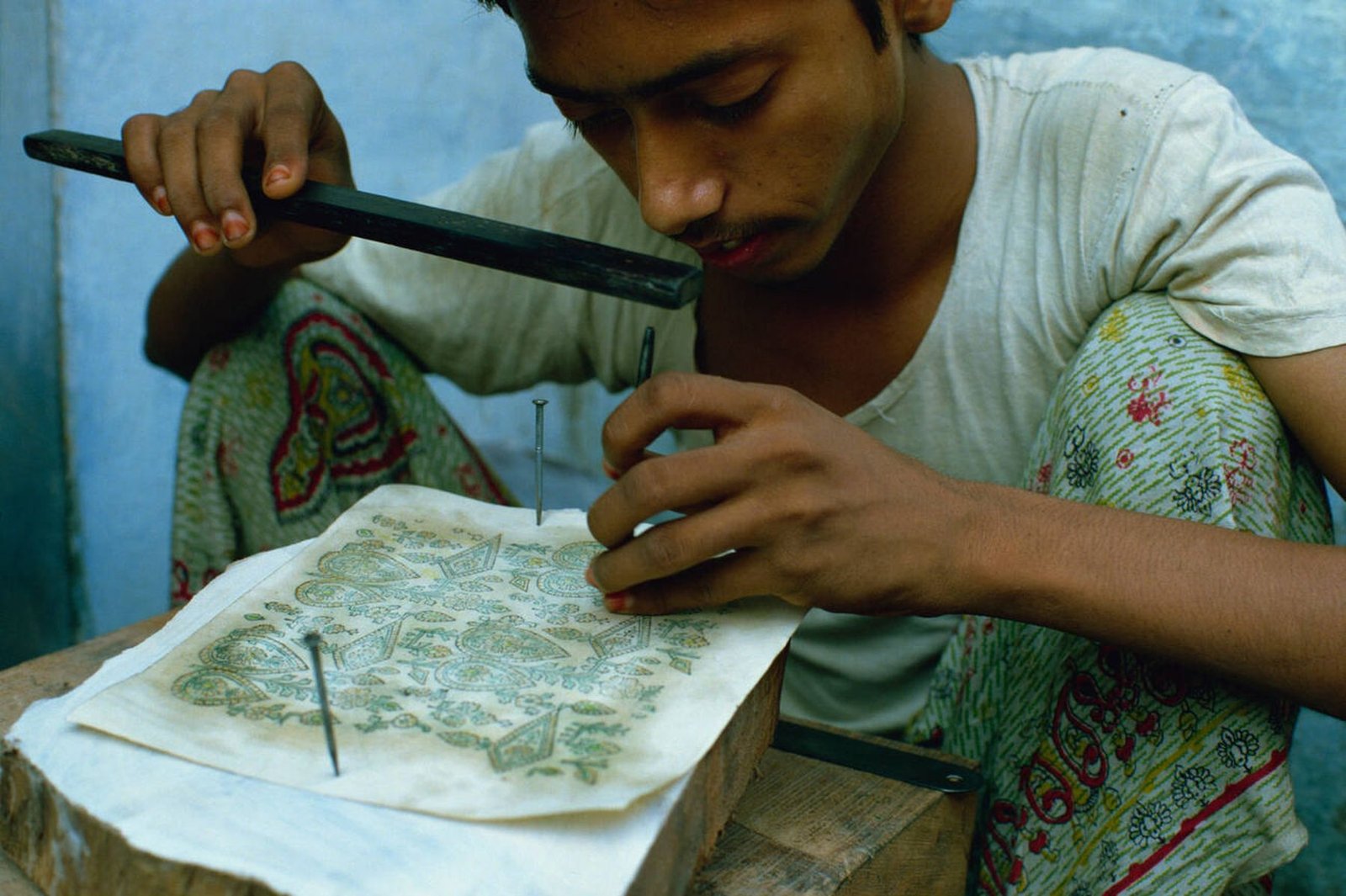 The Magic Behind the Process
The Magic Behind the Process
The process of Bagru block printing is a labor of love, requiring skill, patience, and an eye for detail. Here’s a step-by-step look at how it’s done:
- Preparing the Fabric: The fabric, usually cotton or silk, is washed and treated with harda, a natural mordant made from myrobalan fruit. This helps the dye adhere to the fabric and ensures long-lasting colors.
- Carving the Blocks: Skilled artisans hand-carve intricate designs onto wooden blocks. Each block is a masterpiece, with every groove and line carefully chiseled to perfection.
- Mixing Natural Dyes: The dyes are prepared using natural ingredients like indigo for blue, madder root for red, and turmeric for yellow. These dyes create a unique, earthy palette that’s both vibrant and sustainable.
- Printing the Fabric: The blocks are dipped into the dye and stamped onto the fabric with precision. This step requires a steady hand, as the blocks must align perfectly to create a seamless pattern.
- Drying and Washing: Once the printing is complete, the fabric is dried in the sun and washed to remove excess dye. The final result is a vibrant, handcrafted textile that tells a story of tradition and artistry.
 The Role of Natural Dyes
The Role of Natural Dyes
One of the most fascinating aspects of Bagru block printing is its reliance on natural dyes. Unlike synthetic dyes, which can harm the environment, natural dyes are derived from plants and minerals, making them eco-friendly and safe. The use of natural dyes also adds a unique charm to the prints, as each batch of dye can produce slightly different shades, ensuring that no two pieces are exactly alike.
Why Bagru Block Printing Matters
Bagru block printing is more than just a craft; it’s a way of life for the artisans of Jaipur. For generations, families have passed down the secrets of block carving, dyeing, and printing, preserving this ancient art form. By supporting Bagru block printing, we not only celebrate their craftsmanship but also contribute to the sustainability of their livelihoods.
Moreover, Bagru block printing is a sustainable alternative to mass-produced textiles. The use of natural dyes and handmade processes reduces the environmental impact, making it a choice that’s both beautiful and responsible.
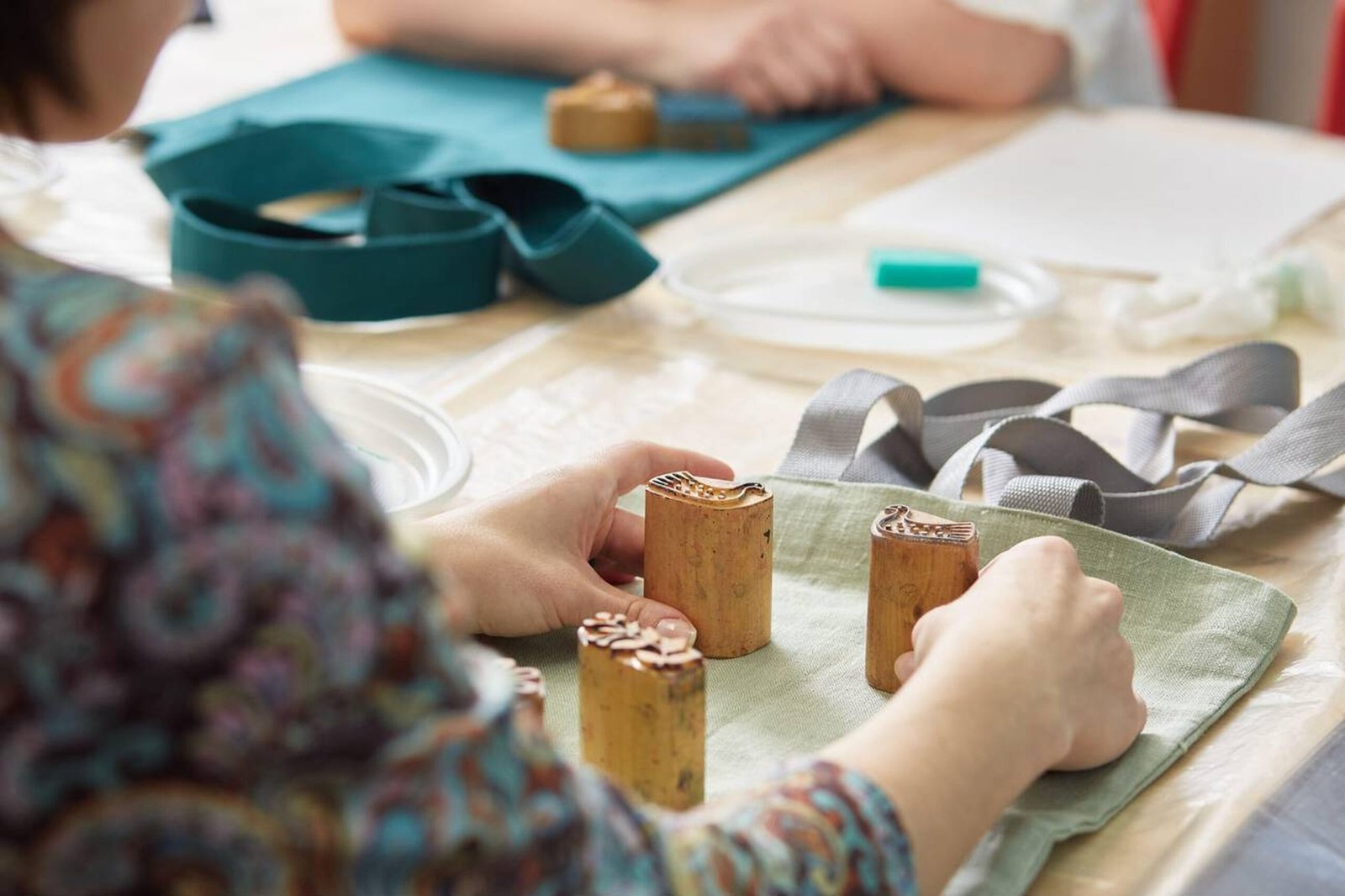 Bagru Block Printing Workshop Experience
Bagru Block Printing Workshop Experience
Attending a Bagru block printing workshop can be a highlight of your trip to Jaipur. Imagine stepping into a small studio of a indian artisan, where the air is filled with the earthy scent of natural dyes and the rhythmic *thump thump* of blocks being stamped onto fabric.
Under the guidance of a master artisan, you can learn how to prepare the fabric, mix dyes, and print your own design. It’s incredible to see how a simple piece of fabric can be transformed into a work of art with just a few stamps. The hands-on experience will give you a newfound appreciation for the skill and dedication of the artisans.
The Future of Bagru Block Printing
While Bagru block printing has seen a revival in recent years, it still faces challenges. The rise of fast fashion and synthetic dyes threatens the survival of traditional crafts. However, by choosing handmade, sustainable products, we can help preserve this beautiful art form for future generations.
 Conclusion: A Craft Worth Celebrating
Conclusion: A Craft Worth Celebrating
Bagru block printing is a celebration of tradition, creativity, and sustainability. It’s a reminder of the beauty that can be created when skill and passion come together. Whether you’re a textile enthusiast, a history buff, or simply someone who appreciates handmade art, Bagru block printing is sure to leave you inspired.
So, the next time you’re in Jaipur, take a step off the beaten path and immerse yourself in the world of Bagru block printing. Attend a workshop, meet the artisans, and take home a piece of this timeless craft. After all, every block-printed fabric tells a story – and now, you can be a part of it.
Ready to Explore Jaipur’s Artistic Heritage?
Join us at Le Tour De India as we curate unique experiences that bring you closer to India’s rich cultural traditions. From Bagru block printing workshops to heritage walks, we’ll help you discover the soul of Jaipur. Visit Le Tour De India or mail us: letourdejaipur@gmail.com to plan your next adventure.
Click here to explore our Block Printing Workshops & Heritage Walk tours!




